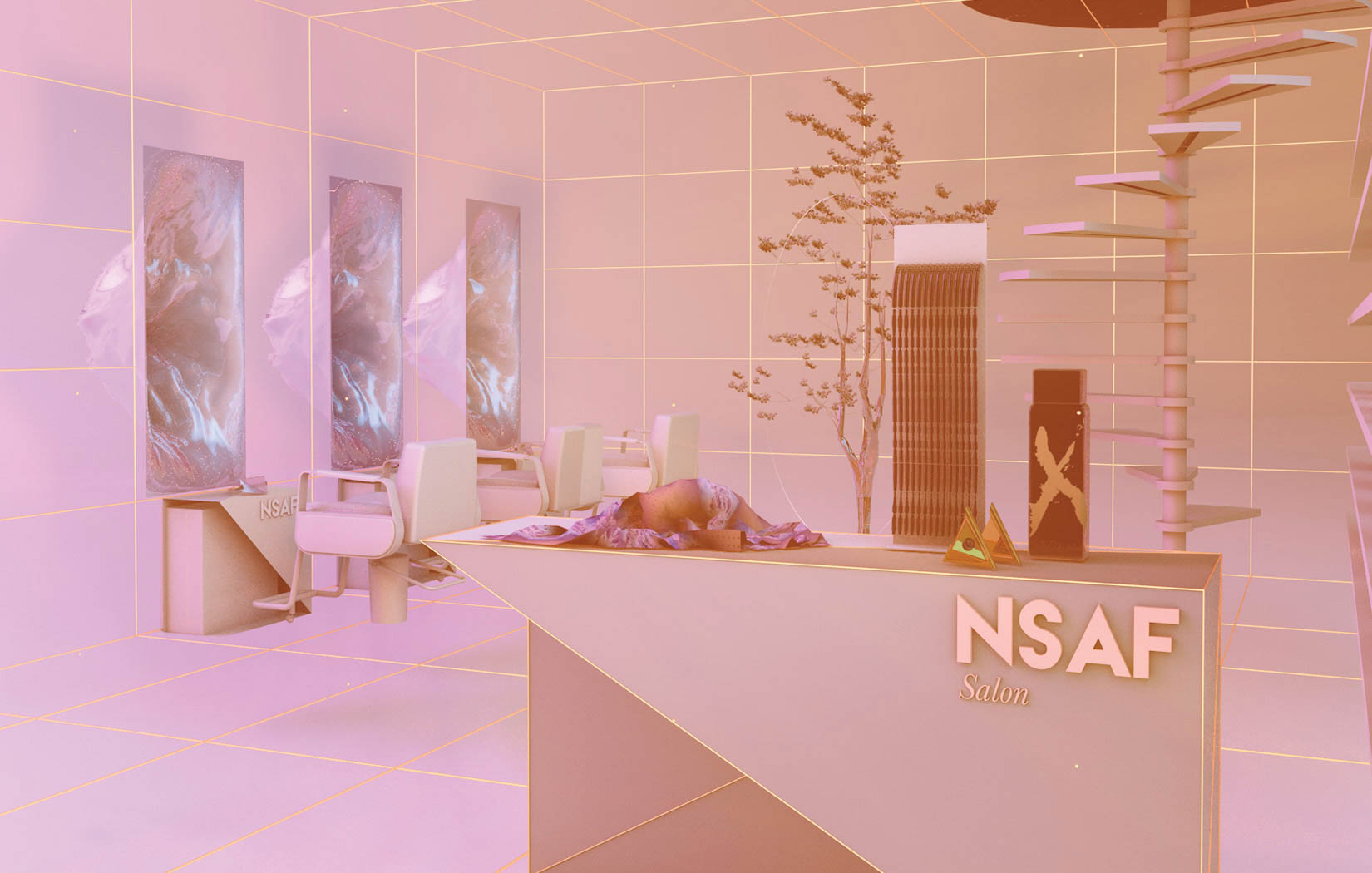Immersive technologies and emotional responses can help us plan ahead
How can we prepare for the future when we don’t know what we’ll face? Enter speculative design: designing products, services or scenarios to address future challenges and opportunities.
Sci-Fi by Design: The Speculative Revolution, a panel discussion at SXSW on March 15, addressed the need to design for the future, today.
Moderated by Phil Balagtas from GE Aviation, the panel consisted of Ashley Baccus-Clark and Carmen Aguilar Y Wedge from Hyphen-Labs, a speculative design company, and Jake Dunagan from verynice, a global design-strategy consultancy.
“We have advanced as a civilization so far that we might be able to avoid the fate of the dinosaurs and deflect an asteroid if it were coming towards us,” Dunagan said. “That’s an amazing accomplishment. But I think the big problem is that we are the asteroid.”
Eliciting an emotional response is the most effective way of getting people to seriously think about the future, said Dunagan. Hyphen-Labs and verynice both do this, but with different approaches.
Hyphen-Labs uses immersive technology to present possible futures. In the real world, products are often designed with a demographic in mind. Their latest VR work, Neurospeculative Afrofeminism, challenges today’s designers to consider wider demographics by developing virtual technologies and designs that take into account the security, protection and visibility of, in this particular work, black women’s bodies. Their designs include earrings that record police altercations and scarves that thwart facial-recognition technology.
In contrast, Dunegan fights against apathy and dismissal of the future by using installations that present hypothetical futures in an attempt to emotionally invest people. One such project, set in in Hawaii, invited people to drink from water coolers containing various levels of plastic, representing ocean plastic levels in 1990, 2000 and the forecast for 2030.
The future might seem intangible, but we can use speculative design to start thinking about it now and ensure we steer towards a brighter future.
